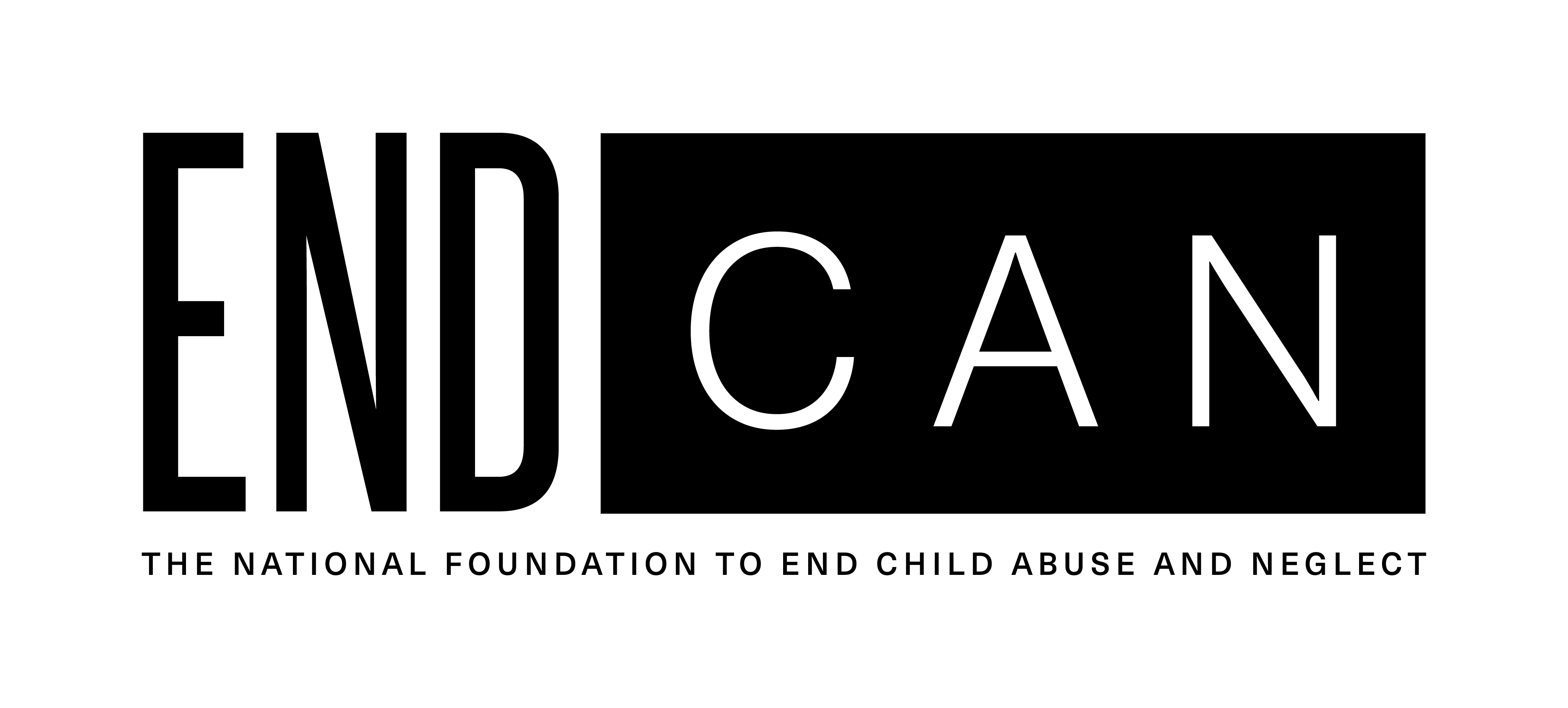
Childhood Sexual Abuse: 13 Stages of Healing
Healing is a process. Whether a person is healing from a physical injury, grief, failure, or abuse, healing is possible.
All child abuse is horrific. Childhood sexual abuse adds a sinister element due to the shame it instills in victims. Abusers frequently threaten their victims, forcing them to become champion secret keepers. The combination of shame and fear makes it easy to understand why it’s underreported. The limited data available shows that it’s a widespread problem, with about one-in-four girls and one-in-thirteen boys experiencing child sexual abuse at some point in childhood.
Child sexual abuse can have several wide-reaching and long-lasting effects, including post-traumatic stress disorder, depression, and anxiety. Trust issues are also common among adults who experienced child sex abuse. Contrary to what many people believe, more than 90 percent of child sexual abuse is perpetrated by someone the child or child’s family knows and trusts. Because child sex abuse is shrouded in secrecy, the ability to trust can be shattered.
The Impact of Childhood Sexual Abuse in Adulthood
Many adult survivors of child sexual abuse go on to have healthy relationships and fulfilling lives. In most cases, they are people who were fortunate enough to have peer support, professional help, and compassionate parents who believed them when they disclosed the abuse or a combination of those things.
In addition to many emotional and psychological effects of child sexual abuse, it can also manifest physically. Research shows that individuals with histories of childhood sexual abuse are at increased risk for functional gastrointestinal problems, gynecologic pain, cardiopulmonary symptoms, substance misuse, and risky sexual behaviors.
Healing Begins with Acknowledgement
Adult survivors of childhood sexual abuse may be tempted to repress memories so they can function. It’s understandable not to want to rehash a traumatizing past. The danger is that internal and external triggers resulting from the abuse can continue to impact their lives.
When survivors break their silence, others realize that they’re not alone. Many survivors have found that acknowledging what happened to them and sharing their experiences can be critical in the healing process.
EndCAN’s survivor community support group, Louder than Silence, through Inspire, is a free, online community of support groups where people can feel safe, be authentic while anonymously sharing their experiences, and learn from other people who have “been there.”
Every person’s recovery process is unique. There’s no definite order, single timeline, or path to recovery for everyone.
13 Stages of Healing from Child Sexual Abuse
- The decision to heal. A person must be ready and willing to make changes to begin the healing process. This step frequently starts when you realize that the effects of the sexual abuse you suffered as a child are having a significant impact on your life.
- The emergency stage. In this stage, you begin to deal with memories and feelings that have long been suppressed. You may experience a rush of emotions and, at times, physical pain.
- Remembering the abuse. This stage can be harrowing as you regain memories and feelings about your abuse. You begin to understand the many ways sexual abuse has impacted your life.
- Acknowledging it happened. Facing the fact that you were sexually abused as a child follows remembering your abuse. Moving out of denial and into the truth is a powerful step for many survivors.
- Breaking the silence. Speaking out about your abuse can be very healing. Sharing your story with someone who genuinely cares for you can be difficult but can help you begin to feel your strength, resilience, and courage. Sometimes revealing the truth needs to be done in a less direct approach, such as writing or art.
- Understanding that it wasn’t your fault. It’s not uncommon for children to believe that the abuse was their fault. Part of the process for an adult survivor is learning to give the responsibility back to your abuser.
- Understanding the child victim. Allowing yourself to have empathy and compassion for your “inner child” is a stage that will enable you to begin to feel a connection with them. You can care for your inner child and protect them.
- Grieving the abuse. As an adult survivor of sexual abuse, you have a lot to grieve. Grieving provides a way for you to honor your pain, release the hurt, and live more fully in the present without being stuck in the past.
- Anger. This stage is an opportunity to use your anger as a catalyst to move through your pain, hurt, and despair. It’s an important step to release the anger you’ve turned inward.
- Disclosure and truth-telling. Confronting your abuser and talking about your abuse with them can be empowering, but this stage is not for everyone. It is essential to get proper support, healing, and consultation before taking this step if you decide to take that step.
- Forgiveness. Forgiving yourself releases you from self-blame, shame, and humiliation. Some people find it freeing to forgive their abuser, but this usually comes after a long, committed healing process.
- Spirituality. Many people find that the healing process requires more significant strength and support sources, leading them to pursue their spirituality.
- Resolution. As you continue to work through the stages, you will experience more awareness, integration, and compassion. You will gain the ability to move toward a better future.
Don’t suffer in silence. Get support, find valuable resources, and find the tools to help you heal. And when you’re ready, share your story, so other adult survivors of child sexual abuse know they’re not alone either.
